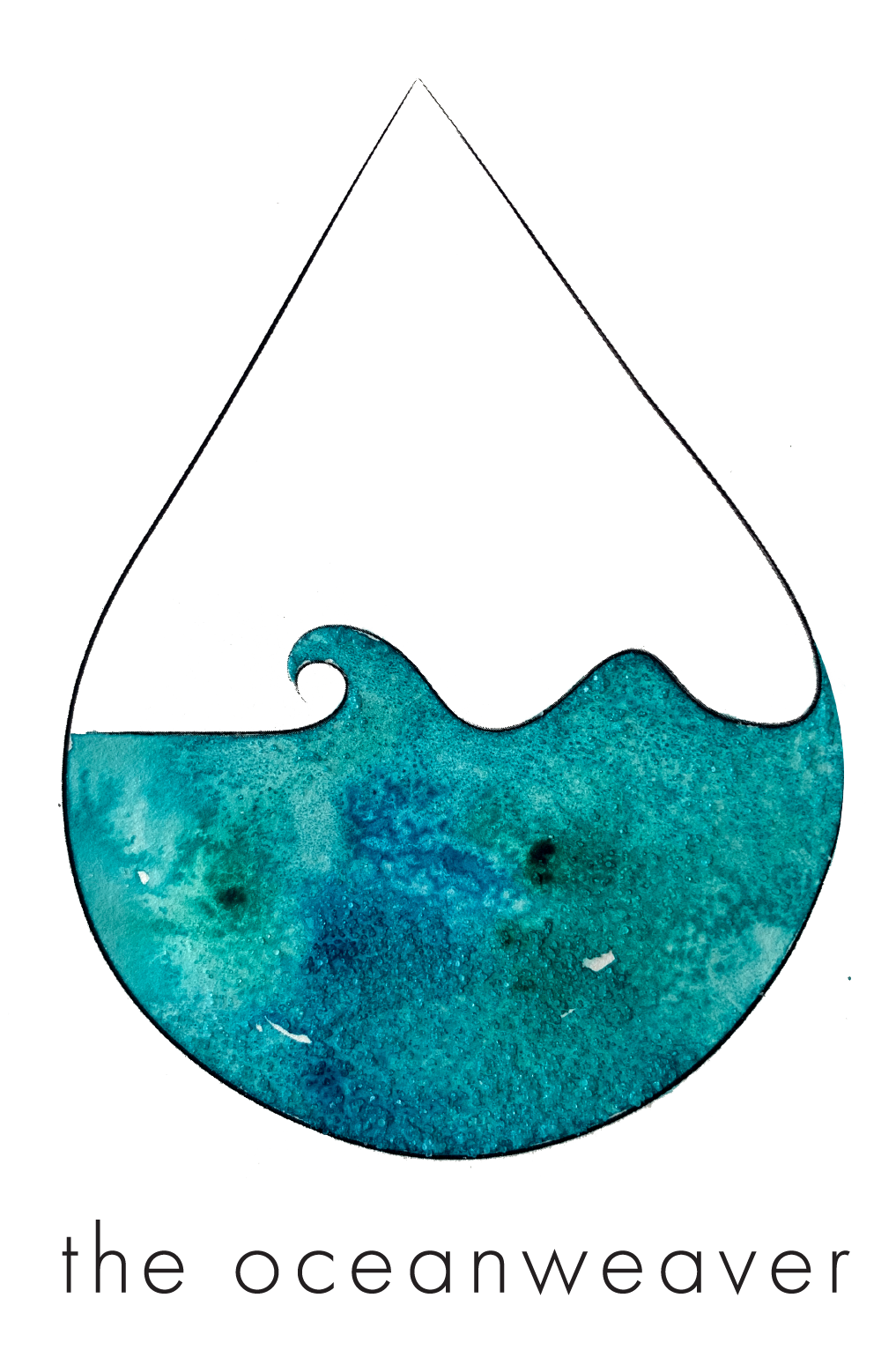STAD RUG
The Stad Rug collection are collectibles, one of a kind carpets, inspired by the Stadlandet peninsula, Westcoast Norway. With sheep grazing freely, surfers enjoying the heavy sea and saltwater in the air, silence is to be found walking in the midst of a rich cultural heritage. Here the rough nature, stormy weather and fast changing light, poses an endless catalogue of inspiration, forming the essence of my woven fibre art and design works. A sacred space, that you can revisit and that keep the ocean close to your heart.
The carpets are handwoven on a floor flatweave loom, in my remote studio by the sea. There are two kinds of carpets, soft and therapeutical. For the massage feature, to obtain a textured and tactile surface with therapeutic purpose, I added paper yarn.
Those carpets are signatures Oceanweaver carpets and for your home. They are perfect for deep relaxation, stretching or just to wiggle your toe.
I used locally sourced wool from the old norwegian sheep race, that can be traced back to the viking times. The yarn is manufactured to rye yarn in a tiny mill deep hidden in the inlands of Norway. My interest in the norwegian wool started by seeing these beautiful sheep free grazing through the stunning landscape. I asked the farmers what happens with that wool and they told me that there is not really a use for it anymore and it gets buried down or burned - basicly waste. There was no marked interest in that wool anymore - it is rough, longhaired and colored - one needs advanced machinery for that kind of "viking" yarn. And advanced means hands-on manufacturing.
I called that project the The Black Sheep Project, a quest of learning how to make yarn out of the Norwegian sheep. The yarn is collected from local farmers and spun at a small Norwegian mill, creating a soft and robust rye yarn.
The "white" shorter hair wool, that can be processed is the common way to go for, in terms of industry and mass production. Today, the interest in that coloured long hair wool returned, and small micro spinning mills are getting quite popular. As a textile designer and artist it matters to me what material I choose and what lifespan the product will have - so called cradle to cradle / eco efficiency. If i dont manage as a maker to create products I can stand for, how can then the customer contribute to get out of the buy-and-throw-short-livety and trend-ruled circle?
The mill stands for all what I expect nowadays: small size reasonable company implementing social responsibility on local level and eco awareness into their business.
My product development is artistic, and I combine the traditional way of weaving with todays technical possibilities within material innovation. My weaving practice is based on ethically and environmentally responsible design principles.





